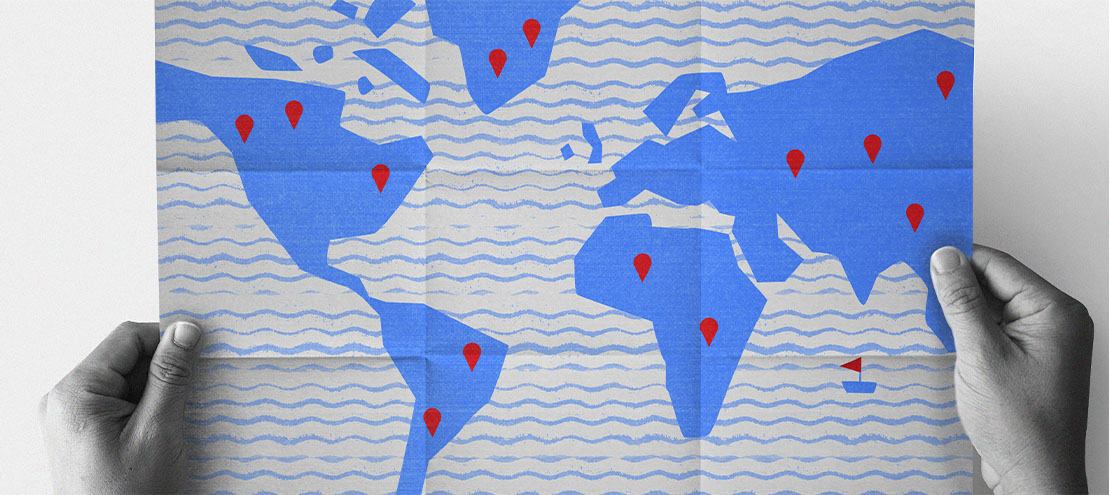What’s in this article:
- Brands that leverage location-based marketing solutions can reach virtually every smartphone user
- Here’s how geolocation works and some examples of how to put it into practice
As the programmatic ecosystem matures, it’s easier than ever to deliver personalized messaging at scale. However, with all the tools at their disposal, marketers may find it hard to take advantage of every new capability. Geolocation is one tool that is often underutilized, despite its potential.
Become the best CRMer you can:
CRM Hack: Monitoring the User’s Heartbeat
What Does It Mean to Treat a Customer’s Email With Respect?
To Lock or Not to Lock Customers (into CRM Journeys)
What the Efforts to Promote Responsible Gaming Look Like Form the Inside
Geolocation — also known as geofencing — is a suite of tools that let marketers serve personalized advertisements based on the physical location of a consumer. It helps ensure that messages always reach consumers in the right moment and feel both contextually applicable and relevant. For businesses that fully tap its potential, geolocation can be highly profitable.
Considering how 71% of consumers prefer personalized ads, it only makes sense that companies are spending over $26 billion on location-based mobile ads. At first blush, this technology may seem complex. But in truth, it’s relatively easy to embrace.
How does geolocation work?
Geolocation, or geofencing, is a location-based service that enables brands to deliver advertisements and messages based on the physical location of the user. These systems rely on information from radio frequency identification (RFID) sensors, Wi-Fi networks, global positioning systems (GPS), or cellular data. This flexibility means location-based marketing works with virtually all smartphone users.

What are some examples of geolocation?
Restaurants and retailers often use geolocation to drive spur-of-the-moment visits or to keep their brand top-of-mind. For example, if a consumer downloads a restaurant chain’s mobile app, they can receive push notifications when they are within a mile of their locations. Similarly, coupon and payment apps enable merchants to send discounts when a consumer is near their stores.
One interesting example of geolocation comes from the GPS navigation app, Waze. The company partners with brands to add geo-specific ads directly into its app. Some brands will pay to have their logo appear vividly on the map when a user is nearby, while others opt to pin their business to the top of local search queries. For instance, a search for “coffee” could result in a Starbucks ad being returned at the top of results, with the call-to-action “Drive There.”
Even if you don’t have a mobile app, it’s possible to leverage location-based marketing systems through Google AdSense and Facebook/Instagram ad campaigns. Google and Facebook both offer extensive ad planning dashboards that enable marketing professionals to configure their location settings with only a few clicks. This functionality is offered at no additional charge to the business.
Putting this information into practice
Geofencing technology has a relatively straightforward implementation process as it only requires GPS coordinates, a mobile device, and in some cases Bluetooth/NFC beacons. As these are common technologies, businesses that leverage location-based marketing solutions can reach virtually every smartphone user.
Before you embrace geofencing, it’s important to have a full understanding of your customer’s point of view. An advantage of location-based marketing is the fact it enables brands to deliver messages at a specific point in time, making it easier to engage the consumer.
Also, keep in mind that location-based messaging and geofencing should be viewed as ways to add additional value for the consumer, rather than just a way to send generic reminders. Get creative and find ways to up-level the consumer experience rather than becoming an irrelevant distraction.
The post Geolocation and You: Why Location-Based Marketing Matters appeared first on Post Funnel.



